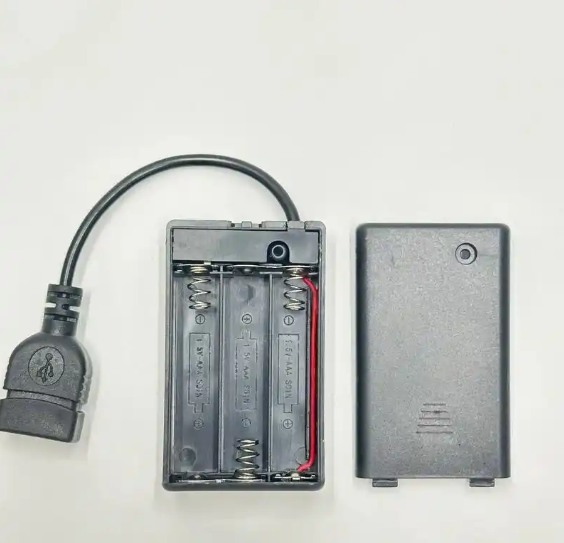1. Raw material preparation
The main raw materials of lithium batteries include positive electrode material, negative electrode material, separator, electrolyte and shell material. Before production begins, these raw materials need to be strictly inspected and screened to ensure that their quality and performance meet production requirements.
1.1 Positive electrode material
The positive electrode material is usually composed of lithium metal oxides, such as lithium iron phosphate ( LiFePO4) or lithium nickel manganese cobalt oxide (NMC). These materials have high energy density and good cycle stability.
1.2 Negative electrode material
The negative electrode material is mainly composed of graphite or other carbon-based materials, which can effectively embed and deintercalate lithium ions to ensure the charging and discharging efficiency of the battery.
1.3 Diaphragm
The diaphragm is a microporous film used to isolate the positive and negative electrodes while allowing lithium ions to pass through. It is usually made of polyethylene or polypropylene.
1.4 Electrolyte
Electrolyte is a medium in which lithium ions move between positive and negative electrodes, and is usually made of a mixture of organic solvents and lithium salts.
1.5 Housing material
The shell material needs to have good mechanical strength and chemical stability, and commonly used materials include steel, aluminum alloy or plastic.
https://www.custom-battery-packs.com:Custom Battery Packs Battery Packs Custom Batteries



